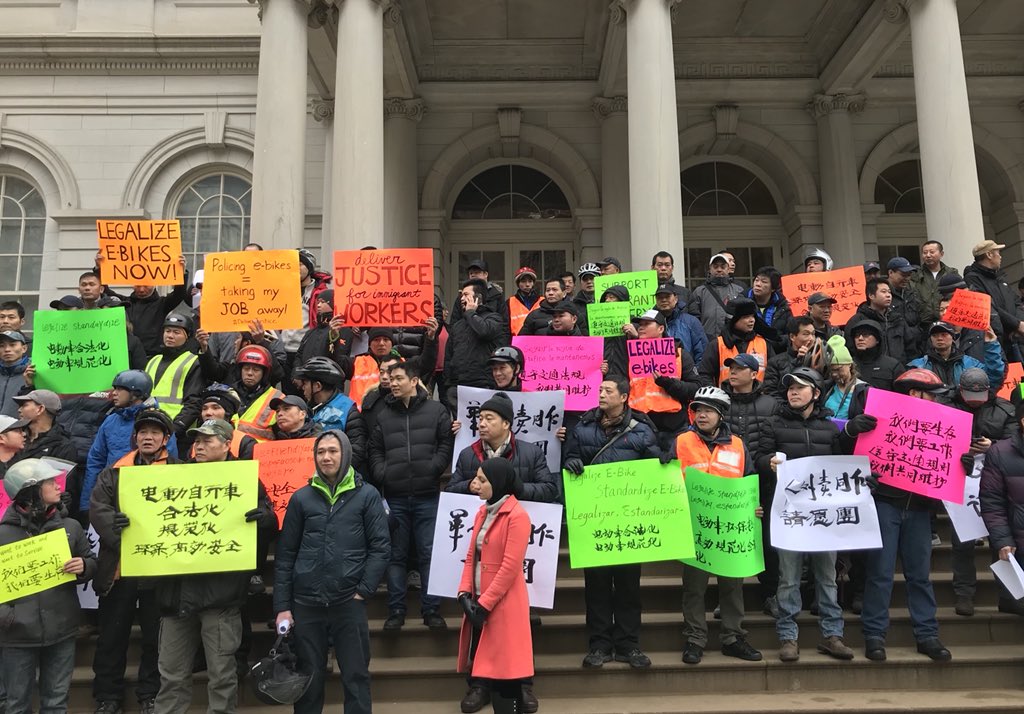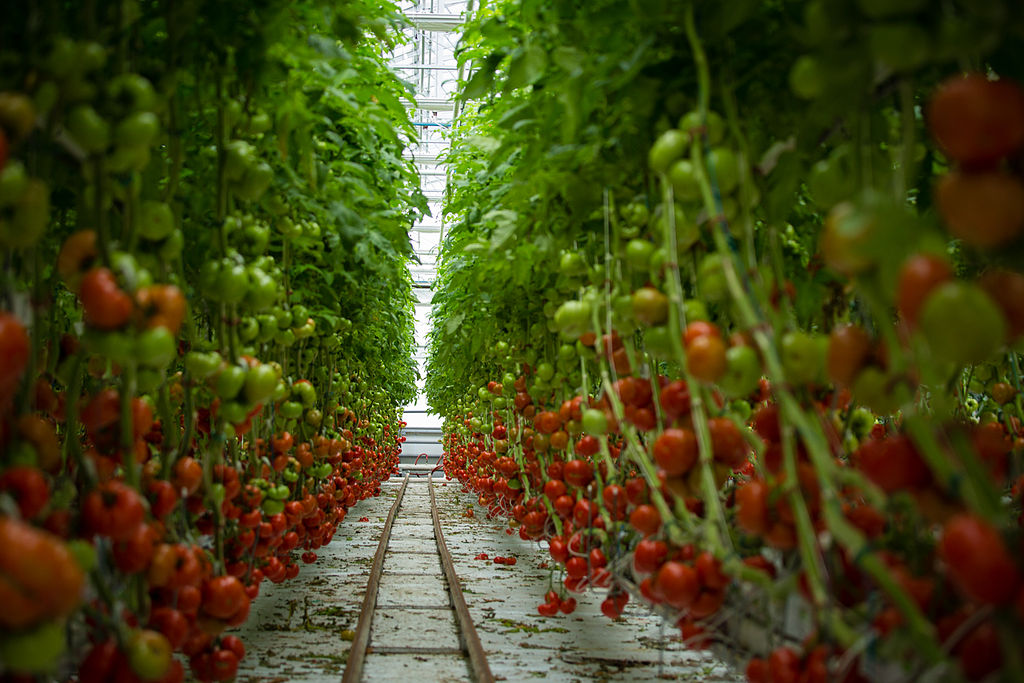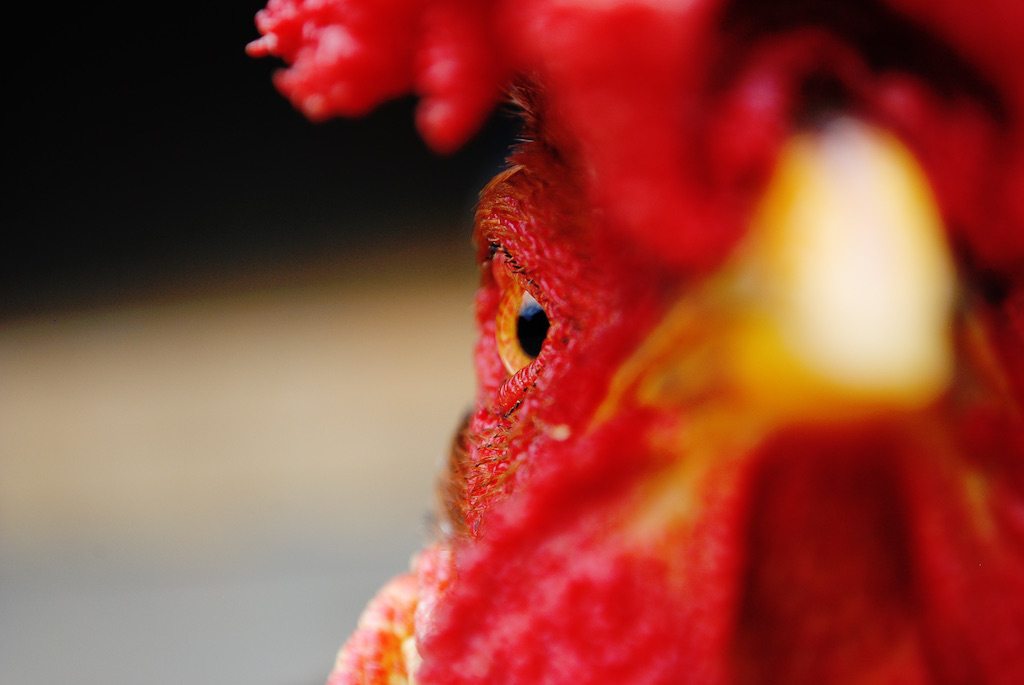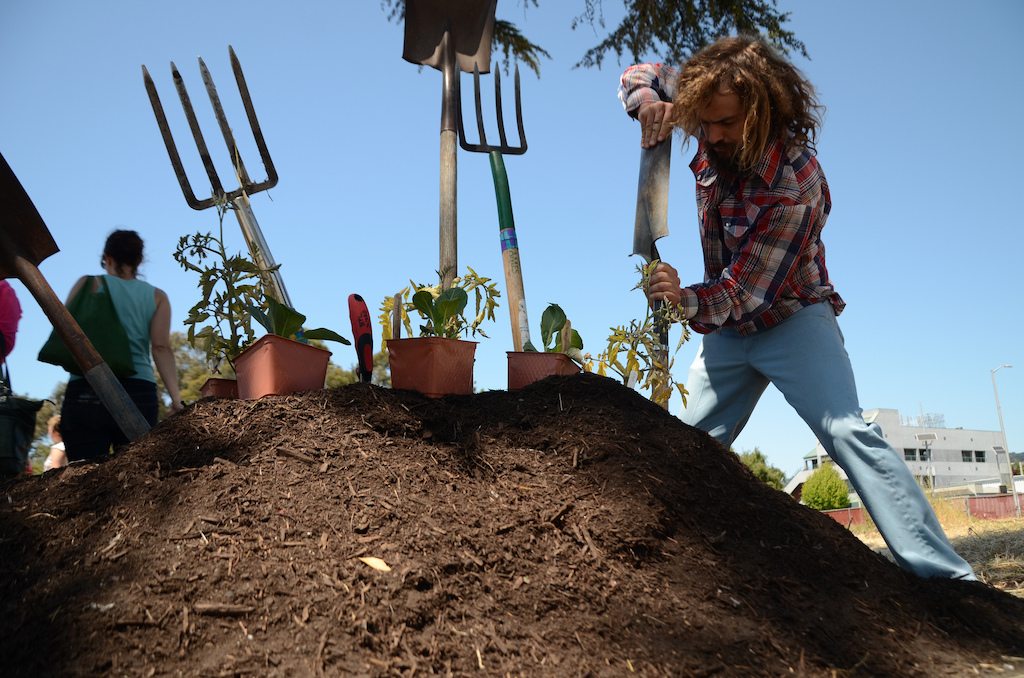In its heyday, the McAnally Enterprises egg farm processed eggs from more than a million chickens at a time and served as a key employer for residents of Berino, New Mexico, a tiny community of about 1,400 people.
But widespread contamination at the plant, which was owned by Moark, LLC, a subsidiary of the Minnesota-based Land O’ Lakes farmer-owned cooperative, and had been operating in Berino since the 1970s, wasn’t discovered until 2010. A U.S. Customs and Border Protection agent was doing aerial surveillance, according to a report by the Center for Latin American and Border Studies at New Mexico State University in Las Cruces, when he discovered acres and acres of chicken feces.
Moark shut the plant down that year and put it on the market. Not surprisingly, there were no takers.
And though the facility may have caused an environmental catastrophe, its closing was an economic blow. One in five New Mexico residents lives below the federal poverty level, making it the nation’s second-poorest state behind Mississippi. The jobless rate is 6.6 percent, the nation’s second highest after Alaska.
The situation is even more dire in Berino, which is what’s known as a “colonia”—a designation given by the federal government to some 2,000 border settlements in Arizona, Texas, California, and New Mexico. Colonias, which tend to have predominately Latino residents, typically lack sewer systems, power, paved roads, and decent housing. Schools are struggling. Employment is scarce.
When the plant closed, Berino lost 64 jobs it badly needed. The land sat unused for years.
 Google Maps
Google Maps Berino, New Mexico. The former egg processing facilities are in the long buildings
The first time New Mexico farmer Jay Hill laid eyes on the abandoned egg processing plant on a dry mesa a few miles from the Rio Grande, the spooky, boarded-up buildings and disused equipment draped in spider webs looked like images from a nightmare.
Outside, the groundwater was useless, contaminated with nitrates from the manure of the millions of chickens that once roosted on the sprawling 270-acre site. The smell, especially on a hot day after a rain, was awful.
Now Hill owns the old egg plant—with ambitious plans to clean the water, restore the arable farmland, build processing facilities, and generate jobs—and it still keeps him from getting a good night’s sleep.
“There’s a lot of nights that I still get up at 2 o’clock in the morning,” says Hill, the 32-year-old manager of New Mexico’s Wholesome Valley Farms, which produces over 65 varieties of crops. “I go sit in the office and write stuff down. These projects will come back and haunt you in the middle of the night,” he says.
It will be a big job, but Hill won’t have to go it alone. The remediation project is what one state official called “a perfect picnic basket”—a group effort involving public funds and private support, corporate responsibility and entrepreneurial spirit, imagination and guts.
Hill will bring the property back to life with the assistance of the state of New Mexico, which is helping to clean the contaminated water through a New Mexico Environment Department Voluntary Remediation Program (VRP).
“The whole point of a Voluntary Remediation Program is to bring brownfields back into viability,” says Allison Scott Majure, spokeswoman for the New Mexico Environment Department. (“Brownfield” is the Environmental Protection Agency’s term for a site so polluted with hazardous substances that expansion, reuse, or rehabilitation becomes complex enough to warrant government support.) The VRP money comes from the federal Environmental Protection Agency (EPA), and the state administers its distribution and oversees its use, says Majure.
And cleanup of this contaminated egg plant is part of a broader effort by EPA to restore brownfields and other polluted sites nationwide. Other state voluntary cleanups include converting waste water lagoons on the Mille Lacs Band of Ojibwe Reservation in Minnesota into fish hatcheries, and redeveloping a former spark plug manufacturing plant in Toledo, Ohio to grow fresh produce.
However, President Donald Trump is seeking a 31 percent budget cut at EPA, which is expected to lay off nearly one quarter of its staff and scrap or scale back dozens of programs that include restoration and remediation projects.
To treat Berino’s nitrate-contaminated groundwater, a well of roughly 70 feet will be punched into the shallow contaminated water table, and another, deeper well will be dug lower, to a depth where the water is clean. The two sources will be combined, with the clean diluting the dirty, to create water for irrigation with the right amount of nitrogen for fertilizer.
“The solution to pollution is dilution,” says Hill, quoting a saying once popular among environmentalists.
Brownfield remediation often involves long-term cleanup efforts. Hill’s project is still in the early stages
The state grant for the remediation system will amount to about $200,000 to $300,000, along with technical, hands-on advice, says Majure.
“By doing that, we can prevent people going down dead ends as they approach remediation,” she says. “We’ve been through this a lot of times, and that’s why we like to hold people’s hands tightly while they’re going through it. “
Successful VRPs in New Mexico include contaminated groundwater cleaned up at a 50-acre rail yard in Santa Fe, she says. At its conclusion, a VRP provides liability protection from lenders and future buyers.
Additionally, New Mexico’s Economic Development Department will invest up to $620,000 in Local Economic Development Act (LEDA) funds.. LEDA funds are designed to boost businesses in New Mexico and attract new business to the state as well.
Hill’s Wholesome Valley Farms, with an investment of roughly $12 million over the next five years, is expected to create 90 permanent jobs and up to 90 seasonal jobs each year, the department says.
“We are extremely proud to partner with a community-based company to bring jobs to Berino,” said economic development secretary Matt Geisel in a statement.
 Jay Hill
Jay Hill Hill’s current Wholesome Valley Farms operation
Born and raised in southern New Mexico, Hill, who cheerfully takes business calls from his lettuce fields, grows peppers for The Fresh Chili Co. sauce-makers, and processes two to four million pounds of pinto beans a year through Organ Mountain Produce, which distributes produce to local restaurants.
He produces an annual pecan harvest, expects to grow 18 million pounds of lettuce this spring, and provides vegetable seed to Bayer AG’s Crop Science division. Also in the works is FARMesilla, a farm-to-market retail operation in Las Cruces that Hill and others hope to open this spring for local farmers to sell their produce directly to consumers.
Once completed, the Berino project will allow him to expand his operation. The restored site will feature hydroponic greenhouses to grow lettuce, tomatoes and bell peppers, facilities for cultivating vegetable seeds, and specialized rooms for drying onion seed, Hill says. The cleaned-up water will be used to irrigate some 150 acres of crops such as wheat, barley, corn, and Sudan grass, grown for hay.
Hill expects to commit more than $15 million over the next five to seven years to get the project cleaned up and running. He also hopes to exceed the state’s job creation expectations and provide 130 permanent spots.
But so far, he says, all the money invested—a million dollars—is his. None of the public monies is yet in hand. Hill is mid-paperwork with the state on the water remediation money, and the state funds for job creation come after the plant is online and the jobs actually exist, he says. The state’s job-creation funds will reimburse Wholesome Valley Farms as Hill meets goals laid out in the project agreement. Once four greenhouses are completed and 32 jobs created, in a projected time of 20 months, the state will pay Hill $180,000 in LEDA funds. The second phase—another 32 jobs in three more completed greenhouses in 40 months—will pay $320,000, and so on.
In the end, Hill will be reimbursed $620,000 in state funds over five years if all goes according to plan.
For its part, Land O’ Lakes, the Minnesota-based agricultural giant, is pitching in on the water remediation by providing equipment, and the parts recently arrived, Hill says.
Asked about its participation, a Land O’Lakes spokeswoman said: “As part of the sale, we agreed to assist with cleanup.” She declined any further comment.
Hill closed on the property last May and started clean-up operations in midsummer. “With a project this big, it doesn’t take long to spend your nest egg in a hurry,” he says, adding that Wholesome Valley Farms will have to pace itself to do the job right. “I’m making a lot of promises,” he says. “I want to make sure I’m a man of my word.”










